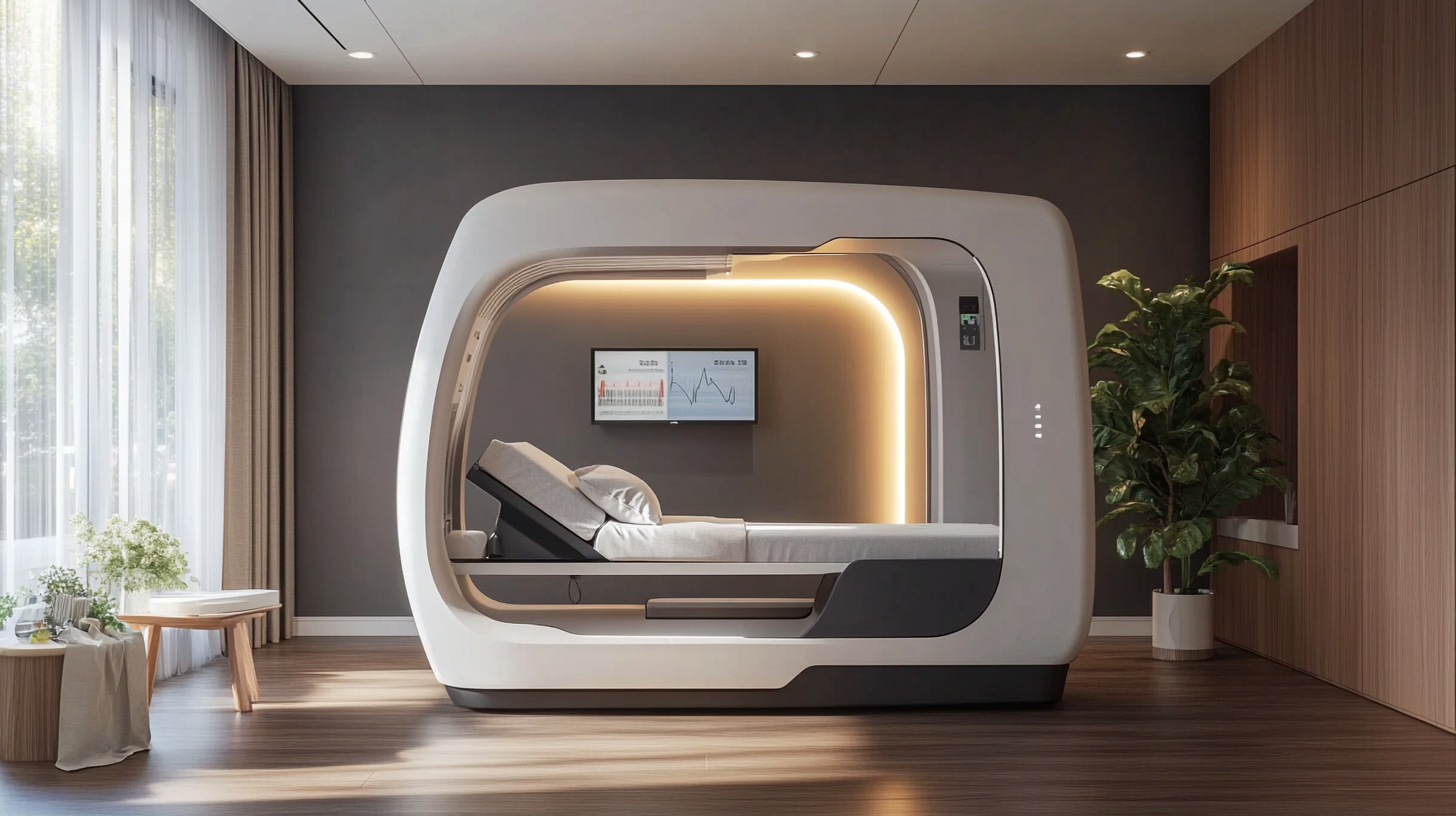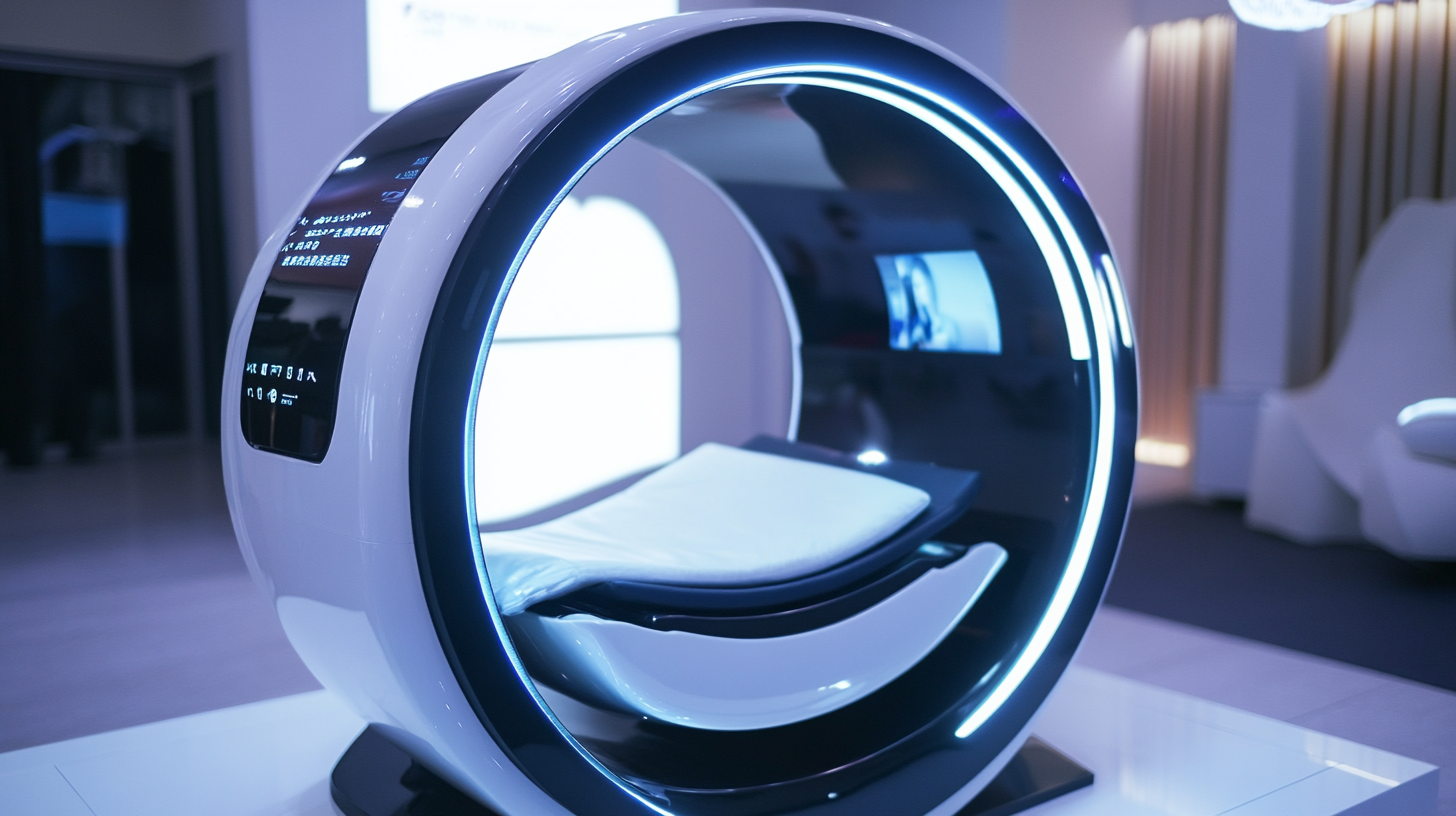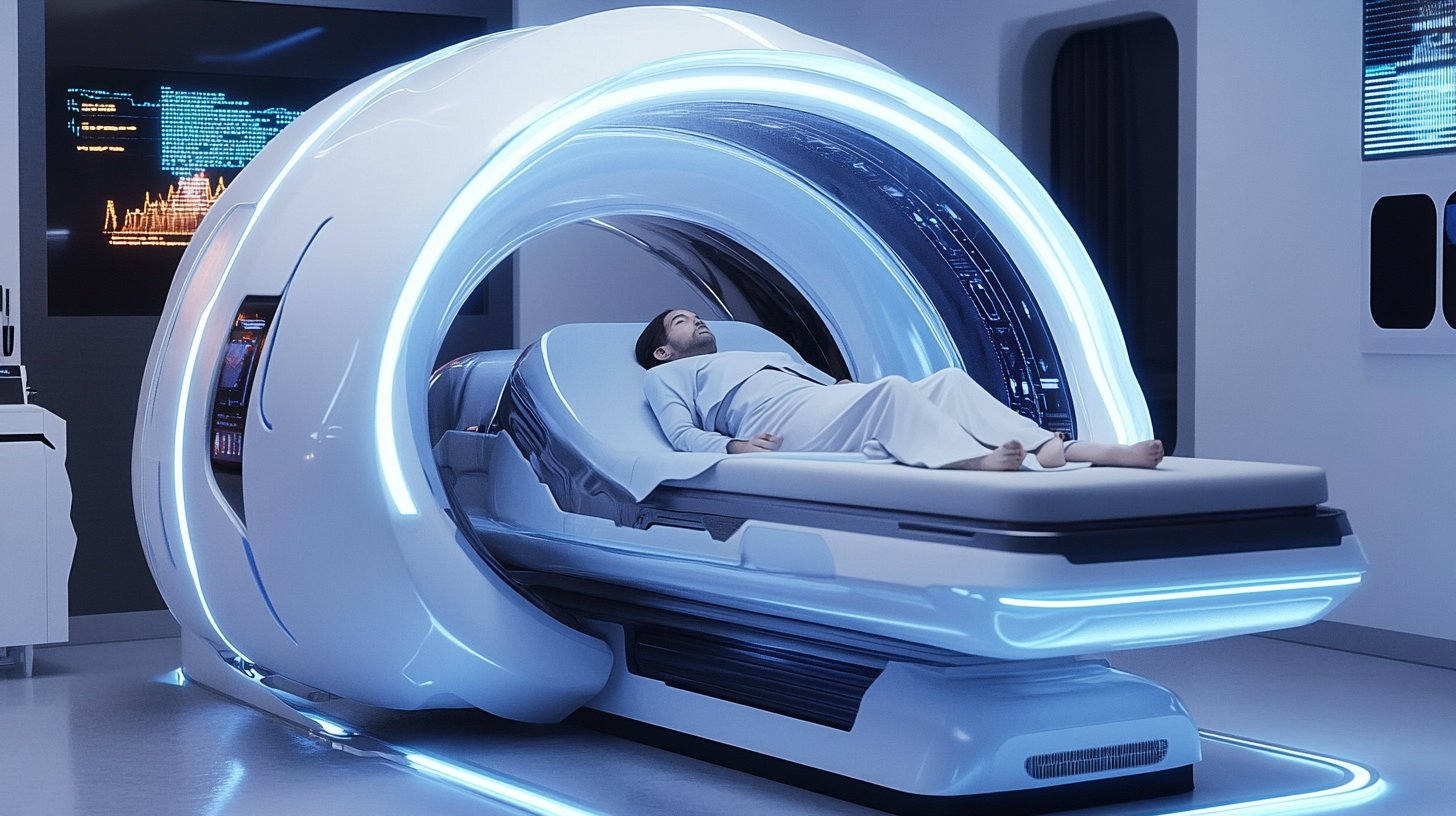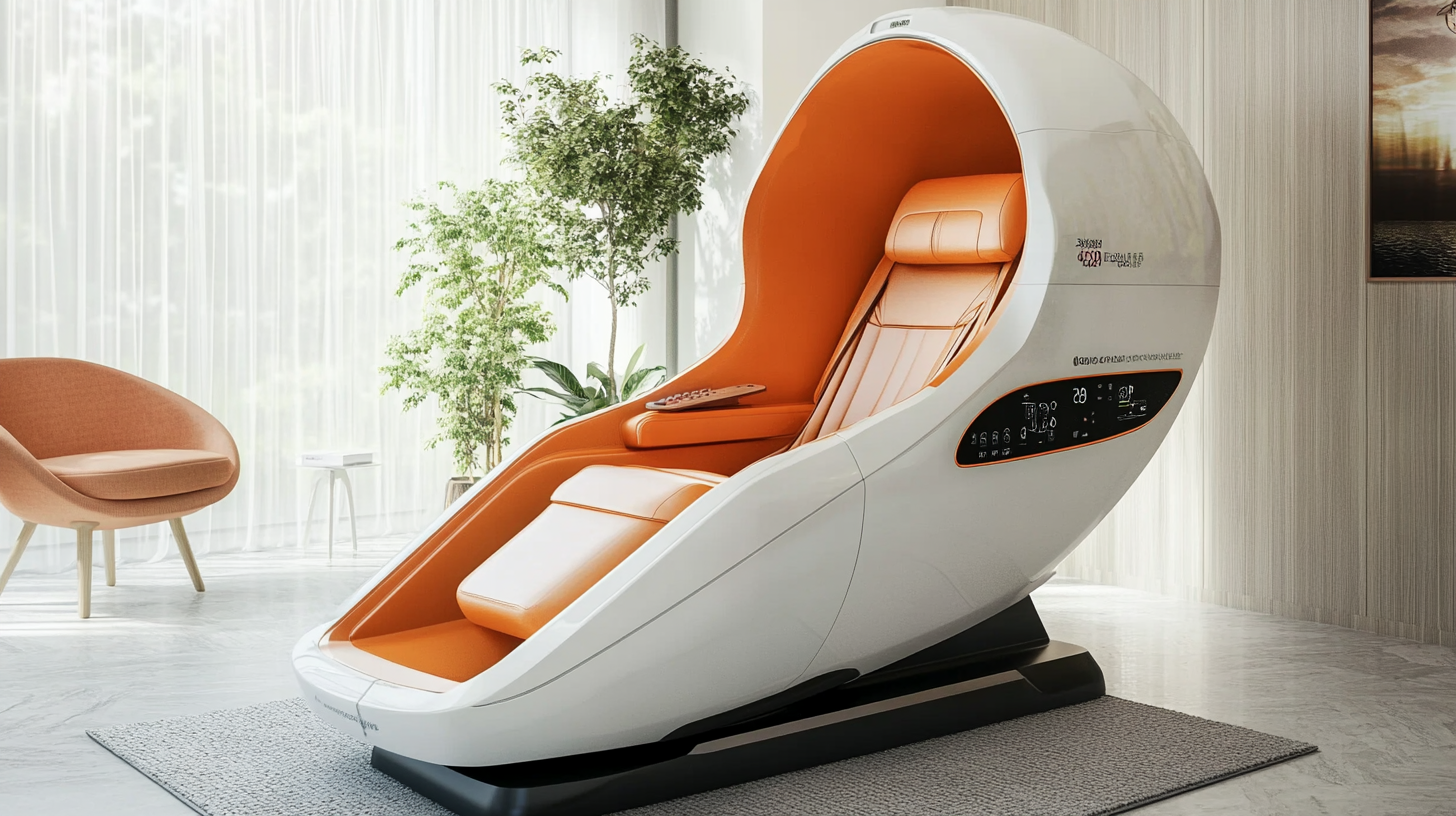Global Market Outlook 2025: Insights and Innovations in Health Equipment for International Buyers
As we look toward 2025, the global health equipment market is poised for significant transformation, driven by innovations and increasing demand across various healthcare sectors. According to a report by Grand View Research, the global medical equipment market is expected to reach over USD 600 billion by 2025, growing at a CAGR of around 5.4% from 2019. This growth is fueled by advancements in technology, an aging population, and the rising prevalence of chronic diseases, which collectively underscore the urgent need for more effective health equipment solutions.
For international buyers, understanding the current trends and innovations in health equipment will be crucial for making informed purchasing decisions. The integration of artificial intelligence, robotics, and telemedicine into health equipment is not only reshaping patient care but also enhancing operational efficiencies within healthcare facilities. Furthermore, a report by MarketsandMarkets indicates that the telehealth market alone is projected to reach USD 459.8 billion by 2030, illustrating the pivotal role of innovative health equipment in shaping the future of global healthcare delivery. As we delve deeper into these insights and innovations, it becomes increasingly apparent that the landscape of health equipment will play a critical role in addressing the evolving challenges of healthcare systems worldwide.

Emerging Trends in Health Equipment Industry for 2025
The health equipment industry is poised for significant innovation and expansion as we approach 2025. One notable area of growth is the Japanese dietary supplement market, which showcases a diverse range of products categorized by their forms—tablets, capsules, liquids, powders—and types, including vitamins, minerals, enzymes, fatty acids, and proteins. This segmentation not only highlights consumer preferences but also identifies key players in the market striving to meet the rising demand for health-conscious options. Emerging trends are increasingly dictating the future of health equipment, particularly in how these dietary supplements are integrated into daily life. As global awareness of health and wellness increases, products that support energy and weight management are gaining traction. The interplay between convenience and innovation will likely see new forms of supplements designed to fit modern lifestyles, from portable packaging to enhanced bioavailability. Furthermore, the convergence of technology in the health sector is set to redefine consumer engagement. The advent of smart health technologies and personalized nutrition offerings has the potential to elevate dietary supplements beyond mere products to essential components of individual health management plans. These innovations are anticipated to reshape market dynamics, particularly as emerging Asian markets lead the way in adopting these advancements and driving overall growth in the global retail landscape.

Key Innovations Transforming Patient Care and Diagnostics
The healthcare industry is witnessing transformative innovations aimed at enhancing patient care and diagnostics, with a marked shift towards integrating advanced technologies. Recent developments highlight significant strides in artificial intelligence, where companies are harnessing large language models to improve medical diagnostics and patient management. The market for dementia treatment is projected to reach $17.7 billion by 2032, driven by a growing emphasis on early diagnosis and intervention, showcasing the critical need for innovation in patient care pathways.
Moreover, partnerships between technology firms and healthcare providers are accelerating the implementation of autonomous imaging technologies, indicating a trend towards real-time diagnostics and streamlined patient assessment. The intensive care diagnostics market is expected to grow at a compound annual growth rate (CAGR) of 5.5% from 2024 to 2032, underscoring the rising adoption of telemedicine and remote communication services which facilitate timely and effective patient care.
As the aging population intensifies demand for high-quality, accessible medical services, the commercial nursing market, with a staggering valuation potential of $5 trillion, emerges as the next key frontier. This sector will likely embrace innovative care models that blend healthcare with insurance solutions, fostering a comprehensive approach to meet evolving patient needs effectively. The convergence of healthcare innovation and patient-centricity is set to redefine standard practices, marking a pivotal moment in the journey towards a more efficient and responsive healthcare system.

Strategies for International Buyers in Navigating Global Market
The global market for health equipment is evolving rapidly, influenced by innovations and shifts in consumer behavior. As we approach 2025, international buyers must navigate these changes strategically to harness opportunities presented by emerging trends. Recent reports indicate that the demand for health equipment is set to rise, with the market expected to grow at a CAGR of 7.5% from 2022 to 2028, driven by technological advancements and an increased emphasis on health and wellness.
As cross-border e-commerce flourishes, particularly the "direct-from-source" model, Chinese e-commerce platforms are gaining substantial traction in international markets, especially in the United States. With downloads surging, platforms like DHgate are witnessing unprecedented traffic, highlighting the growing appetite for competitively priced health equipment. This trend underscores the importance for international buyers to leverage these platforms to access high-quality products at factory prices, streamlining their procurement processes and optimizing cost-efficiency.
To successfully navigate this dynamic global market, buyers must remain vigilant of geopolitical factors such as tariffs and trade agreements. In light of the ongoing challenges posed by Washington's policies, fostering partnerships with reliable suppliers and understanding the implications of the Mar-a-Lago Agreement will be crucial. International buyers should engage with sourcing partners that provide insights into regulatory risks, ensuring compliance while maximizing their market potential. By applying strategic sourcing techniques and leveraging data analytics, international buyers can align their health equipment procurement strategies with the evolving global landscape, positioning themselves competitively for future growth.

Regulatory Challenges and Compliance for Health Equipment Export
Navigating the complex landscape of regulatory challenges is essential for international buyers looking to enter the health equipment market. The landscape is varied, with each region possessing its own set of stringent compliance requirements tailored to ensure both safety and efficacy. For instance, the European Union mandates that medical devices comply with the Medical Device Regulation (MDR), which emphasizes rigorous testing and documentation to achieve CE marking. Similarly, in the United States, the FDA establishes rigorous standards that equipment must meet before approval, requiring a deep understanding of both premarket and postmarket obligations.
International buyers must also be aware of the nuances that different countries present. Often, the pathways for approval can be lengthy and fraught with bureaucratic hurdles. Understanding local regulatory bodies and their expectations is vital. For example, some markets may require additional certifications or compliance with specific standards beyond international norms. Buyers should proactively engage with local experts who can navigate these regulations, mitigate risks, and streamline the approval processes. This proactive stance will not only ensure compliance but also foster trust between manufacturers and distributors, paving the way for successful market penetration.
Moreover, staying informed about global regulatory trends is increasingly important. As innovations in health equipment accelerate, regulatory frameworks are evolving to keep pace. Buyers should prioritize ongoing education about changes in regulations, safety standards, and emerging technologies. Engaging in industry forums and networks can provide insights into best practices, facilitating a more informed approach to sourcing and complying with health equipment regulations worldwide.
Sustainable Practices in Health Equipment Manufacturing and Usage
As the health equipment market evolves towards 2025, the emphasis on sustainable practices is becoming increasingly crucial for international buyers. Sustainable manufacturing methods involve the intelligent use of resources, minimizing waste, and reducing carbon footprints, which are essential in mitigating environmental impact. Companies are now adopting green technologies and materials in their production processes, ensuring that the equipment not only serves the immediate health needs but also aligns with broader ecological goals.
Moreover, the usage of health equipment is being redefined through sustainability. With the rise of telemedicine and digital health solutions, remote monitoring devices and virtual consultations can reduce the need for physical materials and energy consumption in healthcare settings. This shift towards a more digital approach not only enhances patient care but also contributes to longer-term sustainability by decreasing the reliance on traditional, resource-intensive medical equipment.
International buyers are increasingly prioritizing suppliers that demonstrate commitment to sustainable practices. By investing in eco-friendly health technologies, buyers not only fulfill ethical responsibilities but also position themselves competitively in a market where consumers are more environmentally conscious. The trend towards sustainable health equipment is paving the way for an innovative marketplace that values both human health and the health of our planet.
